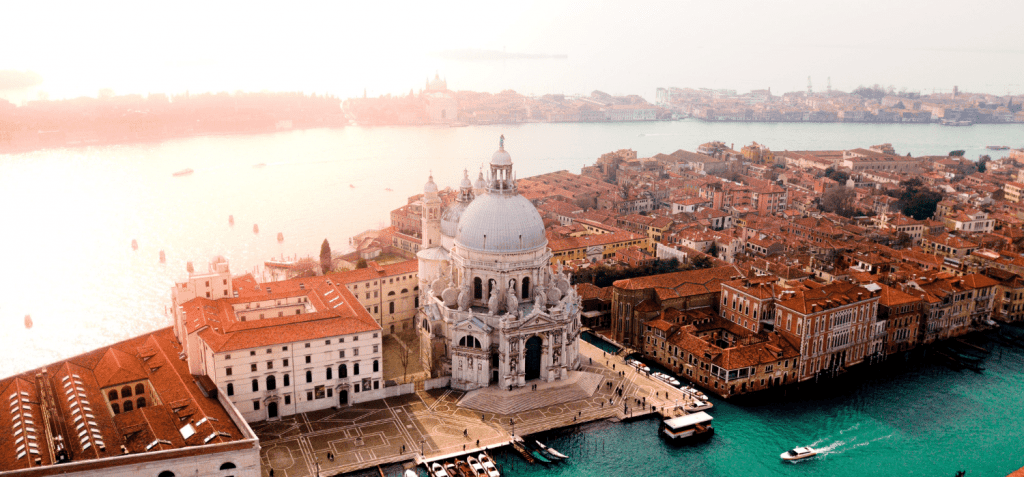Now is the time of year when many start thinking about our summer holidays. Travel has long been associated with escapism and disconnection as well as adventure and discovery. But, in 20 years’ time, as the world becomes more connected and crowded, how will holidaymakers find the respite they seek? And, just as importantly, how can we feed this human desire without damaging the planet – especially given that tourism-related transport alone is expected to account for 5.3 per cent of global CO2 emissions by 2030? To find out we asked some of the world’s leading futurists in our Future 2043 report.
For alternative futurist Gus Balbontin, in 2043: “We will need more and more true disconnection and it will get harder to come by,” while “fewer and fewer places on earth will feel truly like we are exploring foreign cultures.” At the same time, changes in pricing, access, and consumer decision-making will change how we travel and think about our impact. “Perhaps more people will decide to leave the Antarctic alone and experience it via a documentary or with a pair of VR goggles,” he speculates.
While, today, tourism is often associated with consumerism and environmentally damaging behaviour, will the tourists of the future be cut from the same cloth? Anne Skare Nielsen, co-founder of Universal Futurist thinks not. “While the tourist of 2023 was often the worst version of ourselves, travellers in 2043 will be idealists, less concerned with taking home a stone from a beach and more focused on giving back,” she argues, suggesting that, “we’ll go diving to not just enjoy the sights, but to restore a coral reef.”
Tourism is an important industry for many developing countries, so we can’t simply stop travelling altogether, and innovations in sustainable travel are therefore extremely important. Here are three of the best recently spotted by Springwise.

There is a now a new way to stay hydrated when visiting Venice’s historic streets and waterways. Visitors to the island can use a map and an app to find a fountain of fresh water near their location. Each fountain is unique and provides a glorious mix of design and location. The map encourages people to carry their own personal water bottles and forego the disposable plastic versions whenever possible. The Venice Tap Water website lists all currently available fountains within the city and on the surrounding islands. There are nearly 200 listed, making it often only a matter of a few steps to find safe drinking water. Water distribution company Veritas provides detailed water quality information for the area, alongside a map of public restrooms in the city. Read more

Rivers are some of the most idyllic, and valuable, natural environments on earth, and this beauty naturally attracts the attention of tourists. While river tourism bolsters local economies and creates an incentive to preserve natural waterways, traditional fossil fuel tourist vessels create emissions of carbon dioxide and air pollutants. Moreover, gas or oil leaks from motorboats and sailboats with engines can contaminate water. And from the tourists’ own point of view, the peace and tranquillity of a river scene is often soured by the noise and vibrations of a chugging engine. But what if there was a way to address these problems? Croatia has some of the most beautiful rivers and lakes in Europe, and Croatian startup iCat has developed a solar-powered passenger catamaran that enables tourists, and others, to enjoy the scenery in a more sustainable way. Read more

Based in France, Murmuration is focused on sustainable tourism and has recently announced the launch of Flockeo – a community platform that allows travellers to choose sustainable destinations. The Flockeo platform is inspired by the European Commission’s ETIS indicator system, which assesses the sustainability of tourism destinations. By combining satellite and statistical data, Flockeo provides users with information on environmental, social, and economic indicators. This data can be used to evaluate the sustainability of a destination and make informed decisions about where to travel. Read more
Want to discover more about what the world will look like in 2043? Download our free Future 2043 report which draws on the insights of 20 of the world’s leading futurists. For more innovations, head to the Springwise Innovation Library.

